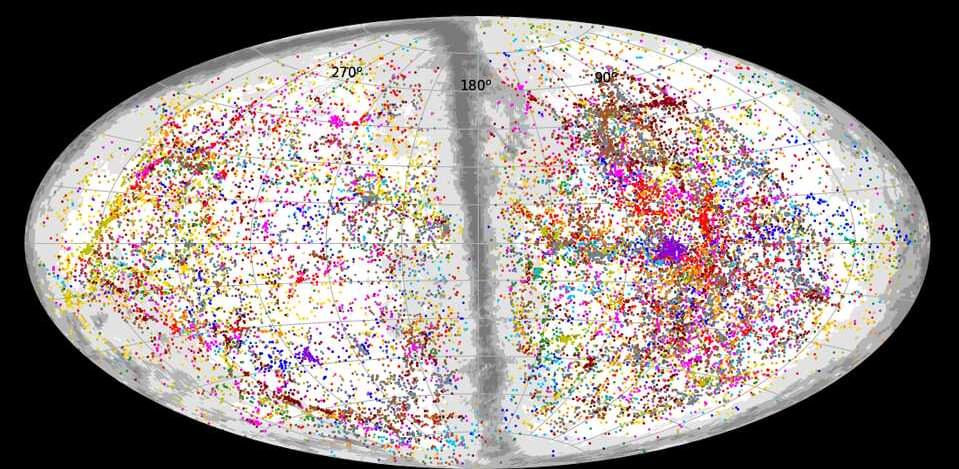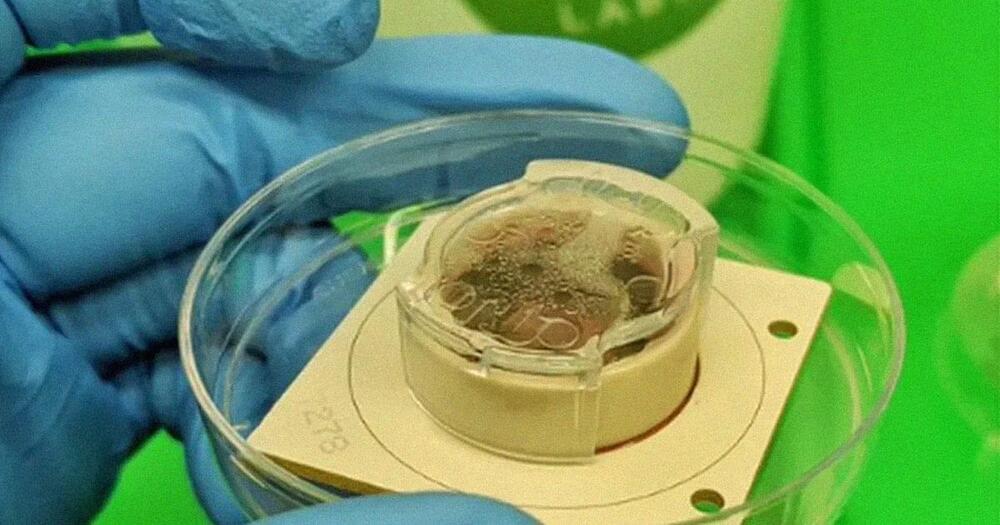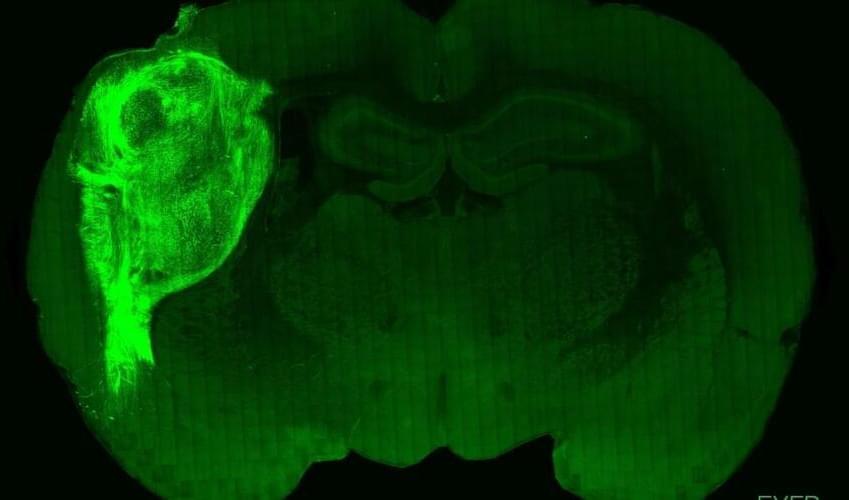A team of scientists recently conducted an exciting quantum physics experiment allowing them to demonstrate that reality might actually be real. Well, don’t everybody applaud all…




SpaceX has stacked a Starship vehicle on the launch pad at its Starbase facility in South Texas for the first time since March.
A Starship upper-stage prototype known as Ship 24 was stacked atop the Booster 7 Super Heavy first stage at the orbital launch pad at Starbase on Tuesday (Oct. 11) for the first time, according to a tweet (opens in new tab) from SpaceX early on Wednesday (Oct. 12).

CarbiCrete.
A key ingredient in concrete has always been cement, the production of which accounts for around 8 percent of the world’s greenhouse gas (GHG) emissions. While it may be tempting to think we are living in the age of plastic—after all, we have generated around 8 billion tonnes of plastic over the past 60 years and it turns out that the cement sector produces more than 30 billion tonnes of concrete each year.


Long-Lived Coherent Quantum States in a Superconducting Device for Quantum Information Technology
Scientists have been able to demonstrate for the first time that large numbers of quantum bits, or qubits, can be tuned to interact with each other while maintaining coherence for an unprecedentedly long time, in a programmable, solid-state superconducting processor. This breakthrough was made by researchers from Arizona State University and Zhejiang University in China, along with two theorists from the United Kingdom.
Previously, this was only possible in Rydberg atom.

A small California biotech emerged from stealth last year to go after drug discovery’s “data problem,” and now the AI outfit has announced its first public partnership. Terray Therapeutics put out word Wednesday that it reached a deal with Calico Life Sciences, the Google-backed anti-aging biotech co-founded by industry legend.

